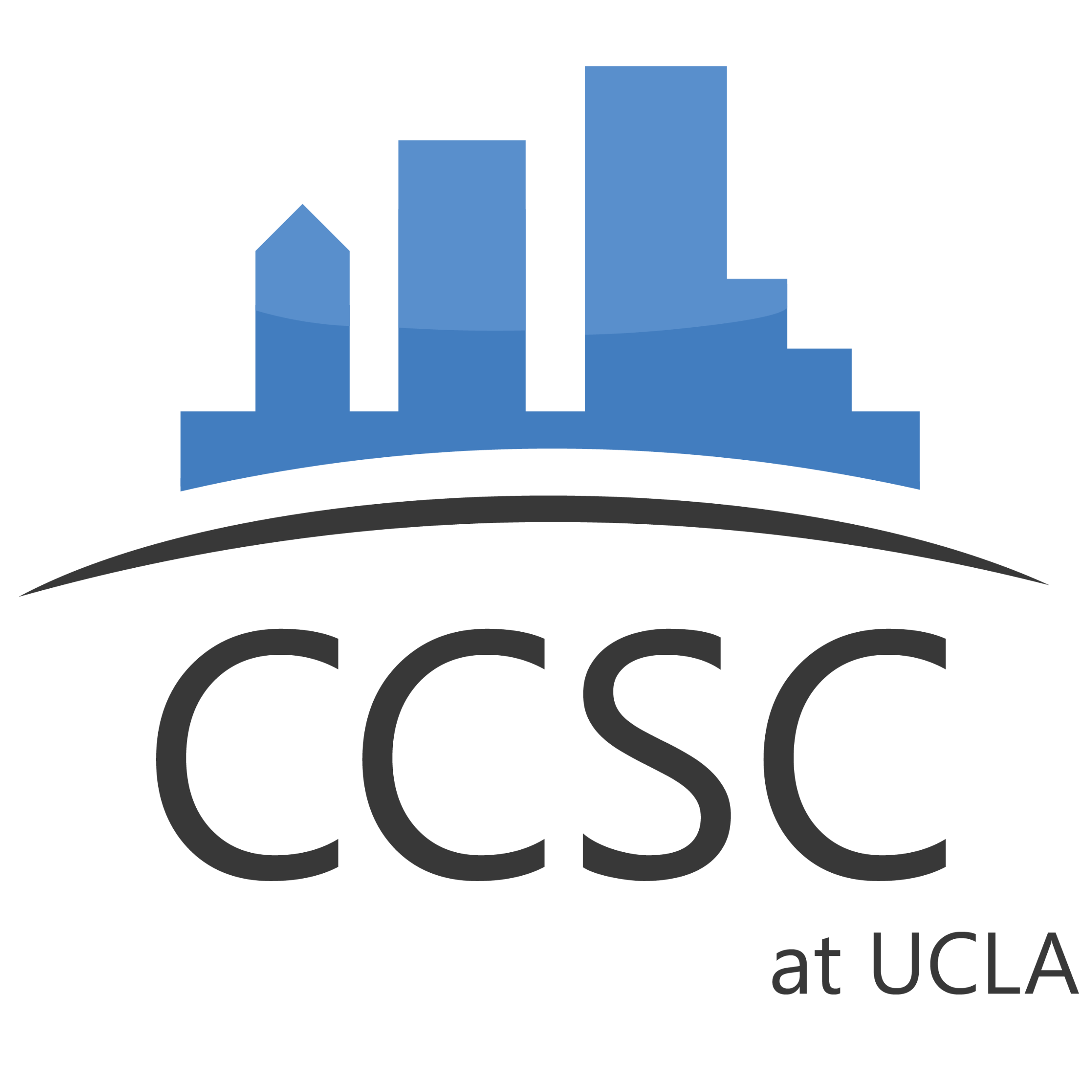California’s clean energy leap: Easy electrification for most homes
New UCLA study finds most California homes can easily electrify without costly panel upgrades, thanks to strategic load management.

NEWSROOM
New UCLA study finds most California homes can easily electrify without costly panel upgrades, thanks to strategic load management.
Announcements
Last year, as part of the study, the UCLA Luskin Center for Innovation (LCI) and colleagues provided LADWP with recommendations for robust, long-term solutions to low-income customers’ ability to pay their bills through the clean energy transition. Now, in partnership with the UCLA California Center for Sustainable Communities, our researchers are digging deeper into energy equity issues to guide the agency’s development, implementation, and evaluation of these recommendations. “LADWP has the opportunity to lead the nation in how to achieve a more just energy transition,” said Stephanie Pincetl, director of the UCLA California Center for Sustainable Communities, “and we are honored to help facilitate that possibility.”
Headline
Stephanie Pincetl, a professor at the UCLA Institute of the Environment and Sustainability and founding director of the university’s California Center for Sustainable Communities, said that LA County needs to provide more public open space close to where people live. That way, city dwellers need not drive to the mountains in such high numbers in order to enjoy nature. Another way of limiting visitation, she said, might lie in initiating the kind of permitting strategy used at other popular parks, such as Yosemite, which caps guest numbers per day. Pincetl believes the importance of the lands to Indigenous people only heightens the need for better stewardship by all visitors and caretakers. “These spaces have historic cultural value and meaning for tribal people, and we’re asking them to share,” she said. “How do we graciously acknowledge their generosity in sharing this land with us by taking good care of it ourselves?”
Blog
We object in the strongest possible terms to the University's failure to support our students' right to protest peacefully and to be kept safe while doing so. We are horrified that Chancellor Block did not exercise his responsibility to protect and support students. We believe his statements (and those of President Drake) opened the way to these attacks on our community. The exemplary nature of this encampment made it a target for those who oppose the free exercise of views that differ from their own. Continuing to arrest and jail protesters will not lead to a thoughtful and productive discussion about the very real issues raised by the Israeli invasion of Gaza, and what the University can do to help curb the extraordinary suffering and deaths that are occurring. We call for the convocation of a body to discuss the substantive calls for disclosure and divestment. We also support full legal, academic and disciplinary amnesty for all students, staff, and faculty.
Awards
The California Center for Sustainable Communities, along with UCLA research teams and departments, has been selected as a finalist for the Smart Electric Power Alliance (SEPA) 2024 Power Player Awards in the Equity category.
Announcements
Founding Director of the California Center for Sustainable Communities and Chair of UCLA’s Environment and Sustainability Ph.D. program Dr. Stephanie Pincetl co-authored a study, “Advancing a Net Zero Urban Water Future in the United States Southwest.” Published in ACS ES&T Water, the research examines the feasibility of Net Zero Urban Water (NZUW) — cities becoming self-sufficient with local water sources. This is crucial for the water-stressed US Southwest, where the Colorado River can’t meet the demands of 40 million residents.